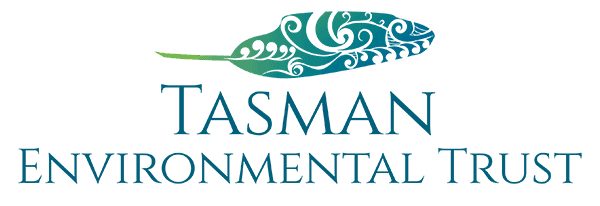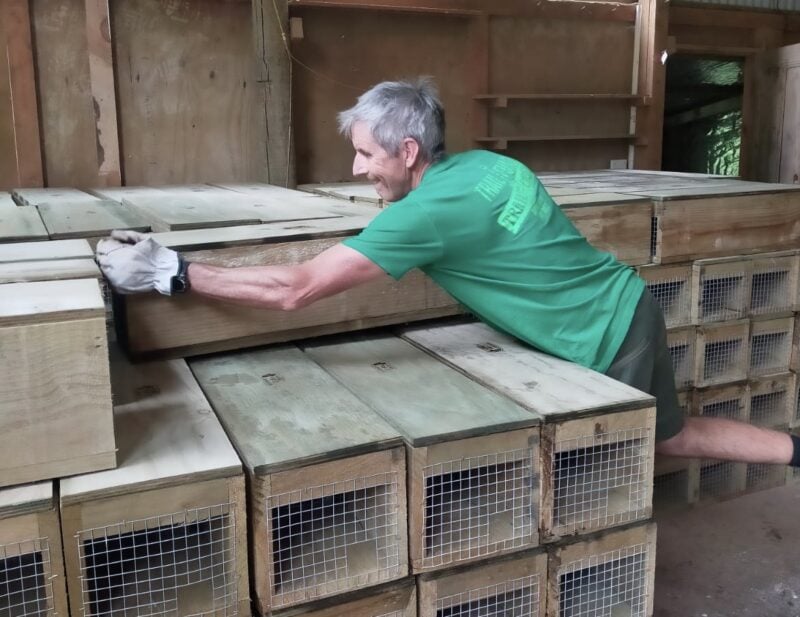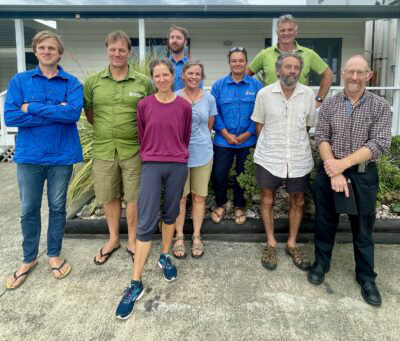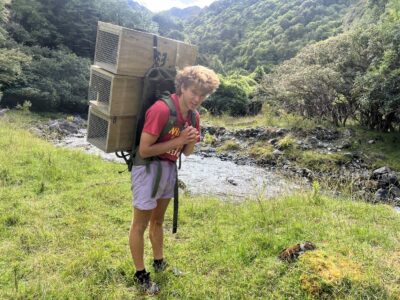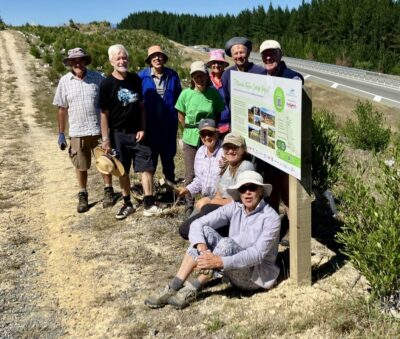Exciting progress is underway for Pest Free Onetahua! With the arrival of over 1,000 new traps the project has shifted to ground-based pest control, replacing the previously planned aerial toxin drop.
In January, starting at the far end of Onetahua/Farewell Spit the team set up a dense trapping network to eliminate possums in a rolling front down the length of Farewell Spit. And the results to date are impressive—hundreds of possums have been removed so far! It’s inspiring stuff as the team moves into full-scale pest control to protect this internationally significant nature reserve.
A Win for Onetahua’s Unique Biodiversity
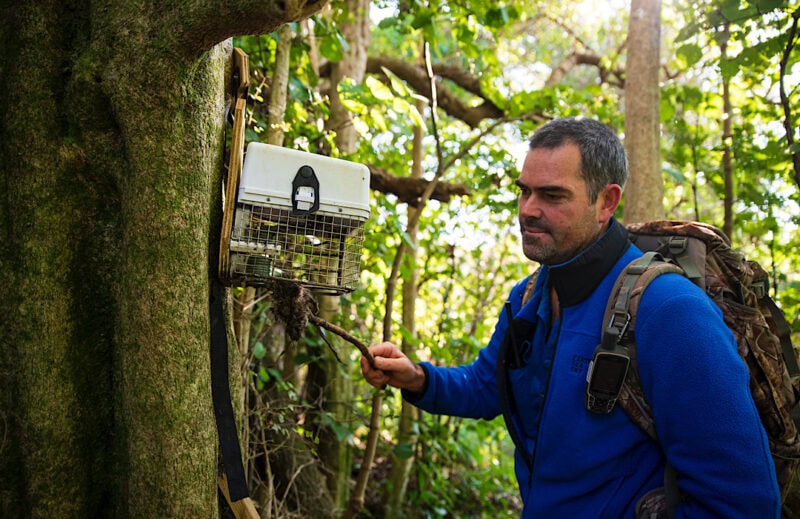
Possums and hares are found in huge numbers across the 1,200-hectare Onetahua/Farewell Spit, and their destructive impact on native plants and biodiversity is well understood. This new ground-based plan will:
✔ Eliminate possums
✔ Reduce hare numbers
✔ Keep pigs and deer off the spit
✔ Control rats and stoats
By targeting these pests, we’re taking a big step towards restoring Onetahua’s unique ecosystems and creating a safe haven for our native wildlife.
Taking on the Hare Challenge
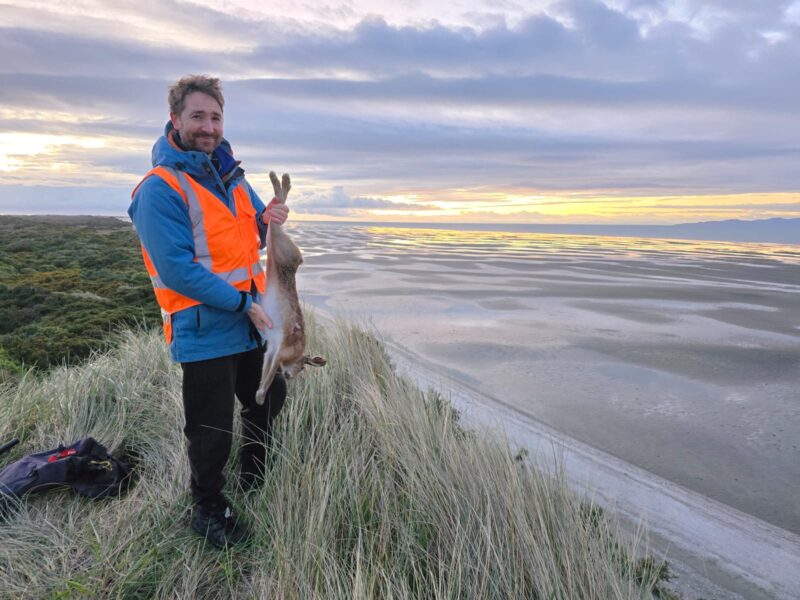
Hares are a tricky pest to control and they love to eat pingao and spinifex, native plants that hold the sand dunes together. They also browse on other endangered plants including sand daphne and sand sedge, putting them at risk of disappearing from Onetahua/Farewell Spit forever.
To deal with this, the team are working closely with DOC to trial new pest control techniques—including using a state-of-the-art thermal drone. Two team members are newly certified drone pilots, with special permission from DOC to fly the drone over Onetahua/Farewell Spit. The drone is incredibly precise, detecting hares within just a few centimetres and even picking up fresh scat. Supported by hunters with thermal scopes and specially trained dogs this gives us the best chance of controlling hares on Onetahua/Farewell Spit.
A Conservation Game-Changer
If successful, hunting this way using thermal drones could pave the way for better hare control across Aotearoa, especially in fragile alpine areas. It may also support broader restoration efforts, such as removing invasive marram grass and allowing sand dunes to recover naturally.
The Pest Free Onetahua team is hugely excited to begin rolling out these new techniques and see the impact first-hand. Every single pest gone is one step closer to restoring this special taonga and protecting it for generations to come. Together, we’re helping nature thrive.
